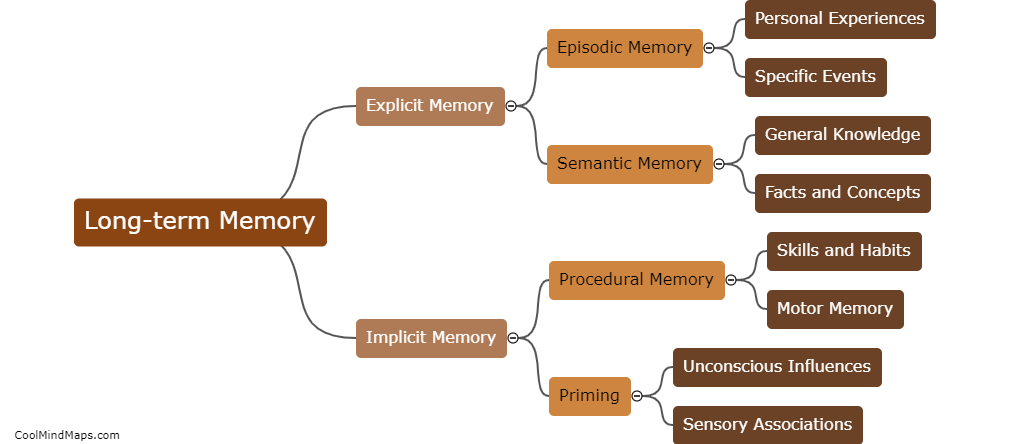How does a JPG image compress data?
A JPG image compresses data in a specific way to reduce file size without compromising too much on quality. It achieves this through a process known as lossy compression. When a JPG image is created, the software analyzes the image and identifies areas with high levels of redundancy and visual information that the human eye is less sensitive to. It then discards or approximates this data, resulting in a smaller file size. The compression is achieved by applying a combination of techniques like discarding high-frequency details, reducing color information, and exploiting perceptual limitations of the human visual system. As a result, the compressed JPG file may lose some fine details and experience a slight decrease in quality compared to the original image, but it remains visually acceptable for most purposes, particularly when dealing with photographs or realistic images where slight imperfections are less noticeable.

This mind map was published on 1 January 2024 and has been viewed 49 times.











